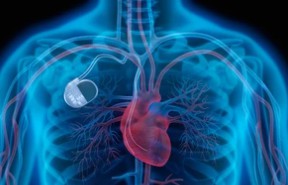- Home
- About Us
- Services
- Medical Device
- Pharmaceutical
- China
- Europe & Americas
- U.S. Abbreviated New Drug Application (ANDA)
- U.S. Investigational New Drug (IND) Application
- U.S. New Drug Application (NDA)
- U.S. Drug Master File Document Production and Filing
- EU Active Substance Master File (ASMF) Production
- EU Marketing Authorisation Application (MAA)
- EU Traditional Herbal Registration (THR)
- Highthink eCTD Filing System
- Cosmetics
- Asia Pacific
- China Cosmetics Registration and Filing
- China New Cosmetics Ingredient Registration and Filing
- China Cosmetics Ingredient Quality and Safety Information Code Application
- China Cosmetic Efficacy Claim Evaluation Report
- China Cosmetic Safety Assessment Report
- China Cosmetic Formula And Label Review
- China Children's Cosmetics Registration
- Application for Cosmetic Ingredient Submission Code in China
- South Korea Cosmetics Compliance
- Japan Cosmetics and Quasi-Drug Compliance
- North America
- Europe
- Asia Pacific
- Food & Dietary Supplements
- Agrochemicals & Biocides
- China
- China Pesticide Registration
- China Pesticide Risk Assessment
- Record-filing of Non-pesticide Use Products in China
- Public Health Pesticide Registration in China
- Biochemical Pesticide Registration in China
- Botanical Pesticide Registration in China
- China Microbial Pesticide Registration
- China Fertilizer Registration and Filing
- China Fertilizer Labelling Review
- Chinese Safety Data Sheets for Fertilizers
- Registration of Feed and Feed Additives in China
- Europe & Americas
- China
- Chemicals
- Asia Pacific
- China New Chemical Substance Registration
- China Hazardous Chemicals Registration
- China Chemical Import Trade Compliance
- Commodity Pre-Classification for Chemicals (HS Code)
- China Chemical Sample Import and Customs Clearance
- China GHS SDSs and Labelling
- K-REACH Registration
- K-BPR Compliance
- KOSHA SDS Submission
- Japan CSCL and ISHL
- Australian Industrial Chemicals Introduction Scheme (AICIS)
- Europe
- North America
- Global
- Asia Pacific
- U.S. FDA Agent for Foreign Companies
- Resources
- Careers
- Contact Us

